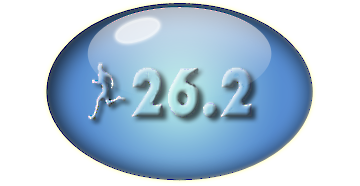The Long Run is the foundation of most marathon training systems, providing the strength, endurance, and confidence needed to finish a marathon. However, relying too heavily on Super Long Runs lasting 3-4 hours can hurt overall training efforts in several ways.
To understand why, it’s important to understand the body’s workings. Glucose, derived from glycogen, is the easiest fuel source the body uses. The body has about 90 minutes’ supply of easily convertible glycogen if running just under threshold pace.
The Long Run forces the body into a glycogen-deficient state. This state forces adaptation to efficiently burn alternative fuel sources such as fat and ATP, leading to increased endurance. However, being in a glycogen-deficient state for too long can cause muscle damage through micro-tears. The ideal time to maintain this state is 30-45 minutes.
Why not just consume calories? Well, the body can only process so much while exercising. Only about 250 calories per hour at a tempo pace. This means if you are running at a threshold pace, you will be out of energy somewhere after mile 20.
So, it is better to increase the total capacity.
Our running system involves long runs of around 2 hours and 15 minutes after the build-up phase. For a few runs, this time will be increased to 2.5 hours while taking calories. It is not recommended to run longer than this because it can result in being in a glycogen-deficient state for too long, causing damage to the body. If a runner does three-hour-plus runs, it means they are either running too slow, which doesn’t allow the body to run at a higher tempo, or they are running closer to the correct pace, but the residual damage affects their other runs throughout the week, or they need to take days off. Therefore, runs longer than 2.5 hours do not show significant benefits.

